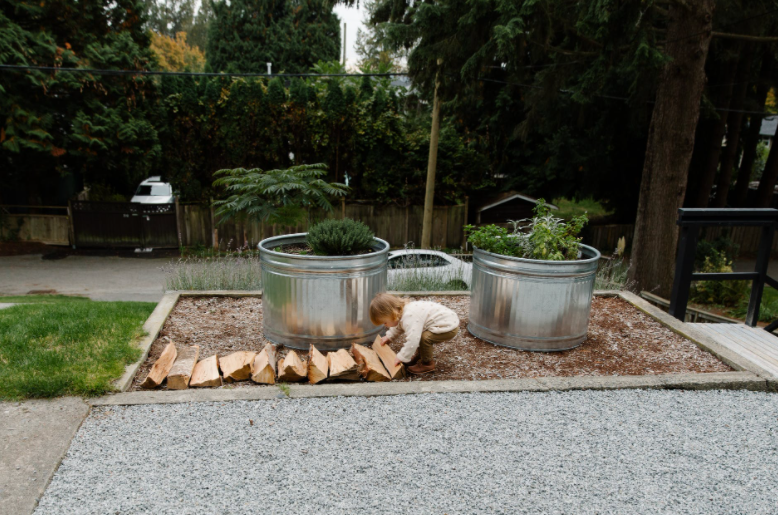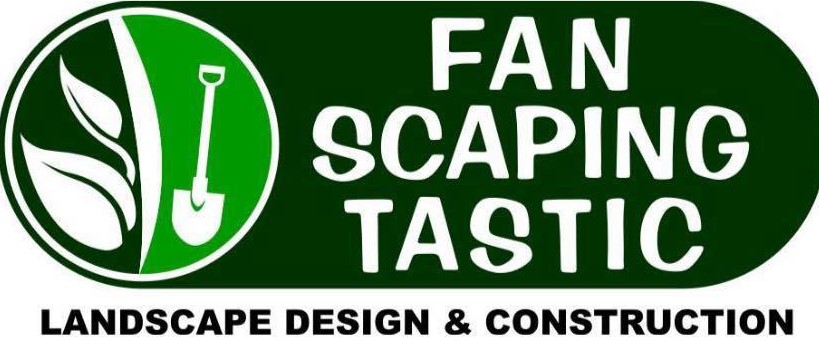
DIY Garden Edging: Make Life Easier
Garden edging is considered to be one of the most crucial aspects of gardening and landscaping. This process helps smooth out the edges of your garden and keeps your borders clean so that it does not look rugged or rough. The elimination of jagged corners and other irregularities brings a symmetrical beauty to the entire landscape, making it shine brighter than usual.
In such cases, it is of utmost importance then that garden edging is affordable for everyone. Unfortunately, many landscaping companies do not offer this service or only offer it once during your landscape renovation. Since this is part of maintaining a garden over long term use, most firms prefer it if you do it independently. Not to mention, DIY garden edging is possible due to how relatively easy it is to carry out this task, as this doesn’t require a lot of skill or manpower.
In this article, we’ll cover some general installation tips and discuss how to install specific edging types to simplify the process even further. Before that, it is important to get your tools and materials in order. These may include the following, but are not limited to:
– Sand
– Garden hose
– Heavy-duty gardening gloves
– Hammer or mallet
– Pruning shears
– Landscape edging material
– Spray paint
– Shovel
– Spade
– Chisel
Landscaping edging materials can be of the following types:
- Concrete
- Pavers
- Metal
- Plastic
- Wood
- Bricks
- Gabion
- Gravel
General Installation Tips
The following tips are useful for all types of planting beds and are a general guideline suitable for all gardeners, whether you are a pro or a newcomer.
#1 – Clean Up The Area: Prepare the area you want to place your edging by visualizing and marking the territory with a garden hose. After you’ve finished envisioning how the outline should be, spray paint some paint on your garden hose and trace the path along the lines of your planting bed.
#2 – Dig The Trench: Using a spade or a shovel, dig a trench that is slightly wider than the planting bed or the edger, or you’ll set, so around 3 to 4 inches deep and 4 to 6 inches wide. Make a one-inch bed of sand after filling it from the top, smoothing it out with your hands, and packing it in. Use your pruning shears to get rid of any unwanted roots that stand in the way of a smoothed out trench.
#3 – Place The Edgers: Set your edgers down inside the trenches one by one. Start at the trench corners to ensure any possible cuts for the edgers are concealed due to being in the corners. There should be minimal space between the edgers, so using a mallet or a hammer, gently tap the edgers so that each becomes closer to the other. If you notice that you have to cut edgers eventually, then make sure the manufacturers’ instructions are being followed to the dot. Separate them into smaller portions and segments using a chisel. Your edging might also have some decorative top layer for aesthetic purposes, so keep in mind to showcase it by ensuring it’s visible above the trench’s surface level.
#4 – Finishing Touches: Some last-minute touches must be added to ensure the job is done well. There will still remain some empty parts of the trench, so to stabilize the trench add gravel or mulch. You can also fill it up with soil to make it more compact.
These four tips are used by anyone planning to install garden edging, whether in their front yard or backyard.
How To Install Specific Types of Garden Edging
Now is an excellent time to consider the specific types of garden edges, install them, and any prerequisites involved with the specific material. We will take a look at the following:
- Brick/Pavers/Stone Edging
- Timber/Metal/Plastic Edging
- No-dig Garden Edging
- Raised Garden Bed Border
Installing Brick/Pavers/Stone Edging
For this, extra materials such as ropes, tape measures, masonry pencils, and circular saws are required, along with the necessary edging material. Visualize a layout for the stones or bricks you’ll be setting and mark the ends of the route (usually, it’s a linear path) with a sturdy rope. Use the tape measure to find the exact length of the path you’ve set up. Dig the trenches as mentioned above and spread out a thick layer of cement mixture prepared beforehand. Then lay the bricks down one by one, making sure the gaps between each unit are kept uniform and are filled with extra cement or concrete.
Installing Timber/Metal/Plastic Edging
These require a lot more materials and so can cost significantly more than the materials mentioned above. Besides a circular saw, you’ll also need stakes, string levels, drills and their accompanying bits, hand tampers, and metal corner screws. The first step is always to visualize and outline a border path, but for more precision, make sure you level the ground using the string levels. By measuring the length of the borders and the materials, carefully mark equally spaced points on the timber or metal and cut them using the saw. For metals, you’ll need more powerful tools such as a power-driven chainsaw or something heated. The last step is joining the pieces together depending on the design you’ve chosen and laying down the metal or timber portions.
Installing A Raised Garden Bed Border
Raised plant beds or flower beds have a beautiful effect on viewers’ eyes as they pass by. Apart from the materials listed in the general section, you’ll need paver bases, wall blocks, specialized adhesive tubes, levels, and compost. Using a measuring tape or just with your naked eye, you can easily predict or determine your bed’s size and see if your vision can be materialized. Prepare the site as you would typically and spread out the base to form an even layer. After filling the bed with the blocks and an ornate frame is constructed, add healthy soil and fertilizer that enriches it even more.
Conclusion
DIY garden edging is an excellent way to hone your skills as a gardener and to learn something new, regardless of how many years you’ve spent on the hobby. We hope this guide gives you all the answers you’re looking for and reduces your cost by being an informative guide.


Recent Comments